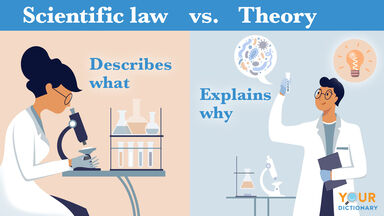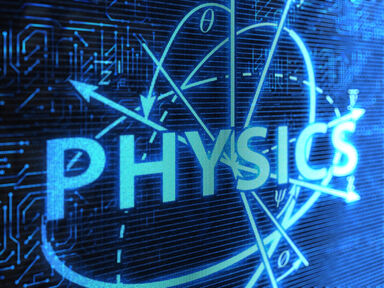But the Cartesian theory, like the later speculations of Kant and Laplace, proposes to give a hypothetical explanation of the circumstances and motions which in the normal course of things led to the state of things required by the law of attraction.
Coulomb experimentally proved that the law of attraction and repulsion of simple electrified bodies was that the force between them varied inversely as the square of the distance and thus gave mathematical definiteness to the two-fluid hypothesis.
Now under the law of attraction according to the inverse square of the distance, or any other inverse power beyond the first, the energy of even a single pair of material points is unlimited, if their possible closeness of approach to one another is unlimited.
If the law of attraction is that of gravitation, the orbit is a conic section - ellipse, parabola or hyperbola - having the centre of attraction in one of its foci; and the motion takes place in accordance with Kepler's laws (see Astronomy).





